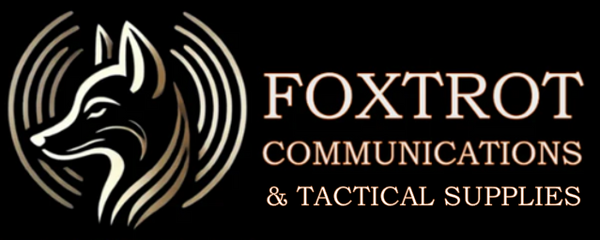
FDMA vs TDMA Digital Two-Way Radios: What’s the Difference?
Share
In the world of digital two-way radios, there’s a common question that pops up:
"What’s the difference between FDMA and TDMA?"
If you’ve ever shopped for radios, managed a communications system, or just wondered how these devices work behind the scenes, this post is for you. We’ll break it down in simple, real-world terms — no tech degree required!
📡 The Basics: Why FDMA and TDMA Matter
Digital radios need to let multiple people talk at once without interfering with each other. But unlike old-school analogue radios, digital radios have smarter ways of sharing the “airspace.”
This is where FDMA (Frequency Division Multiple Access) and TDMA (Time Division Multiple Access) come in — they’re like traffic control systems for your radio network.
🔊 FDMA in Two-Way Radios
FDMA splits the radio spectrum into separate frequencies. Each user or conversation gets its own dedicated channel.
🧠 Think of it like this:
Imagine a bunch of two-way radios, each set to its own frequency. Everyone talks at the same time, but because they’re on different “roads” (frequencies), there’s no collision.
✅ FDMA Pros:
- Simple to implement
- Real-time communication without time slots
- Less delay between pressing the button and speaking
🔻 FDMA Cons:
- Wastes bandwidth — one user takes up a whole channel, even if they’re not speaking
- Less efficient when spectrum is limited
📻 Example:
Kenwood NXDN Digital Radios (used in security, transport, etc.) use FDMA.
⏱️ TDMA in Two-Way Radios
TDMA lets multiple users share the same frequency by dividing it into time slots. Each user gets a tiny slice of time to talk — but it switches so fast, it feels like you're talking in real-time.
🧠 Think of it like this:
Two people sharing one radio channel, but they take turns — really, really fast. It’s like having two conversations on the same frequency, but in alternating micro-moments.
✅ TDMA Pros:
- Doubles capacity — two calls can happen on one frequency
- More efficient use of bandwidth
- Lower power usage = longer battery life
🔻 TDMA Cons:
- Slightly more complex technology
- Timing needs to be precise
📻 Example:
Motorola MOTOTRBO radios (popular in construction, mining, public safety) use TDMA.
🥊 FDMA vs TDMA: Quick Comparison for Digital Radios
|
Feature |
FDMA |
TDMA |
|
How it splits use |
Separate frequencies |
Separate time slots |
|
Frequency use |
One conversation = one channel |
Two conversations = one channel |
|
Efficiency |
Less efficient with bandwidth |
More efficient (2-for-1 channel use) |
|
Battery Life |
Average |
Usually better |
|
Complexity |
Simpler |
More advanced |
|
Real-world use |
NXDN, P25 Phase 1 |
DMR (like Motorola MOTOTRBO), P25 Phase 2 |
🧠 Real-World Analogy
Imagine you’re driving on a highway:
- FDMA is like giving each car its own lane — safe, simple, but uses a lot of space.
- TDMA is like using the same lane but letting cars take turns super-fast — more cars on the road, but organized.
🚀 Final Thoughts
Whether your radio system uses FDMA or TDMA depends on your needs:
- If you want simplicity and reliability, FDMA might be right.
- If you want efficiency and more users per channel, TDMA could be the better choice.
Both systems do the job — they just go about it differently.
Need help choosing the right digital radio system for your team? Contact us — we speak both FDMA and TDMA fluently 😉

